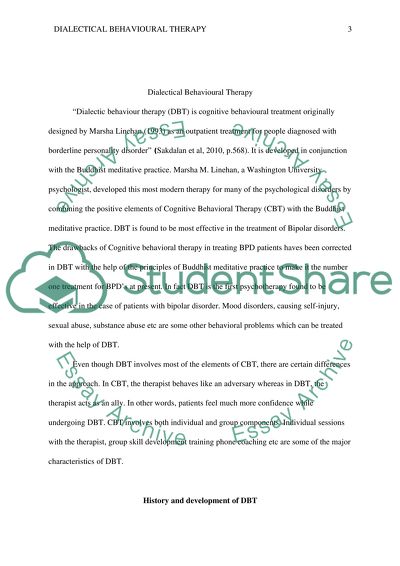Cite this document
(“Dialectical Behaviour Therapy Research Paper Example | Topics and Well Written Essays - 2750 words”, n.d.)
Retrieved de https://studentshare.org/psychology/1391471-dialectical-behaviour-therapy
Retrieved de https://studentshare.org/psychology/1391471-dialectical-behaviour-therapy
(Dialectical Behaviour Therapy Research Paper Example | Topics and Well Written Essays - 2750 Words)
https://studentshare.org/psychology/1391471-dialectical-behaviour-therapy.
https://studentshare.org/psychology/1391471-dialectical-behaviour-therapy.
“Dialectical Behaviour Therapy Research Paper Example | Topics and Well Written Essays - 2750 Words”, n.d. https://studentshare.org/psychology/1391471-dialectical-behaviour-therapy.


